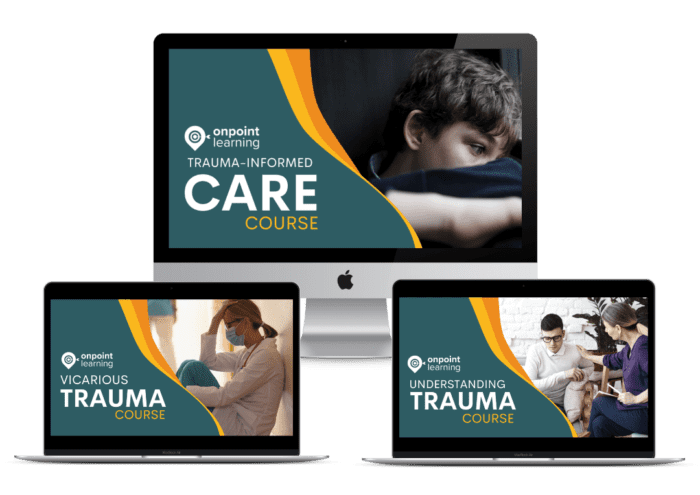Understanding the differences between vicarious trauma and compassion fatigue, primary and secondary trauma, burnout and moral distress is crucial to choosing the proper tools to understand, prevent or reduce their impact. Knowing the difference will also help with the recovery from their effects.
If you want to address a problem, you must first know what it is.
Vicarious Trauma or Compassion Fatigue?




If you’re surround by various types of trauma and pressure at work, you cold be suffering from just one, several , or occasionally all of the conditions.
If you are affected by one of these conditions, it doesn’t automatically mean that you’ll suffer from all the other conditions as well. Each has a different cause and different impact.
Think of it like this – if you’re involved in child protection and most of the children you deal with are victims of child abuse by their stepfather, this repeated exposure to similar situations may change your world view. It might be that whenever you notice that a child is distant from their stepfather, you immediately suspect that abuse is the cause. There are countless other reasons for this distance between the two – perhaps the girl was recently disciplined, had a toy confiscated for bad behaviour, wasn’t allowed to purchase something in a computer game…and the list goes on.
This is one of the effects of vicarious trauma – it alters your perspective and makes you think differently than before. Even if your world view has changed, you can still have compassion and the ability to emphasise with people, so experiencing vicarious trauma doesn’t mean you will also experience compassion fatigue.
Taking another example, it’s also possible to experience the reverse situation – where you “only” have compassion fatigue. An example of this scenario looks like this:
After repeatedly listening to multiple child abuse stories, there is a drained and tired feeling, like you are exhausted after each session with a client. Helping children cope was once a passion, but this has been replaced by ‘going through the motions’ and doing your work as a way to pay the bills. Your role isn’t a calling like it used to be. At the same time, your beliefs and views about the world are still intact and haven’t actually changed.
In this scenario, the person is experiencing compassion fatigue, but not vicarious trauma.










